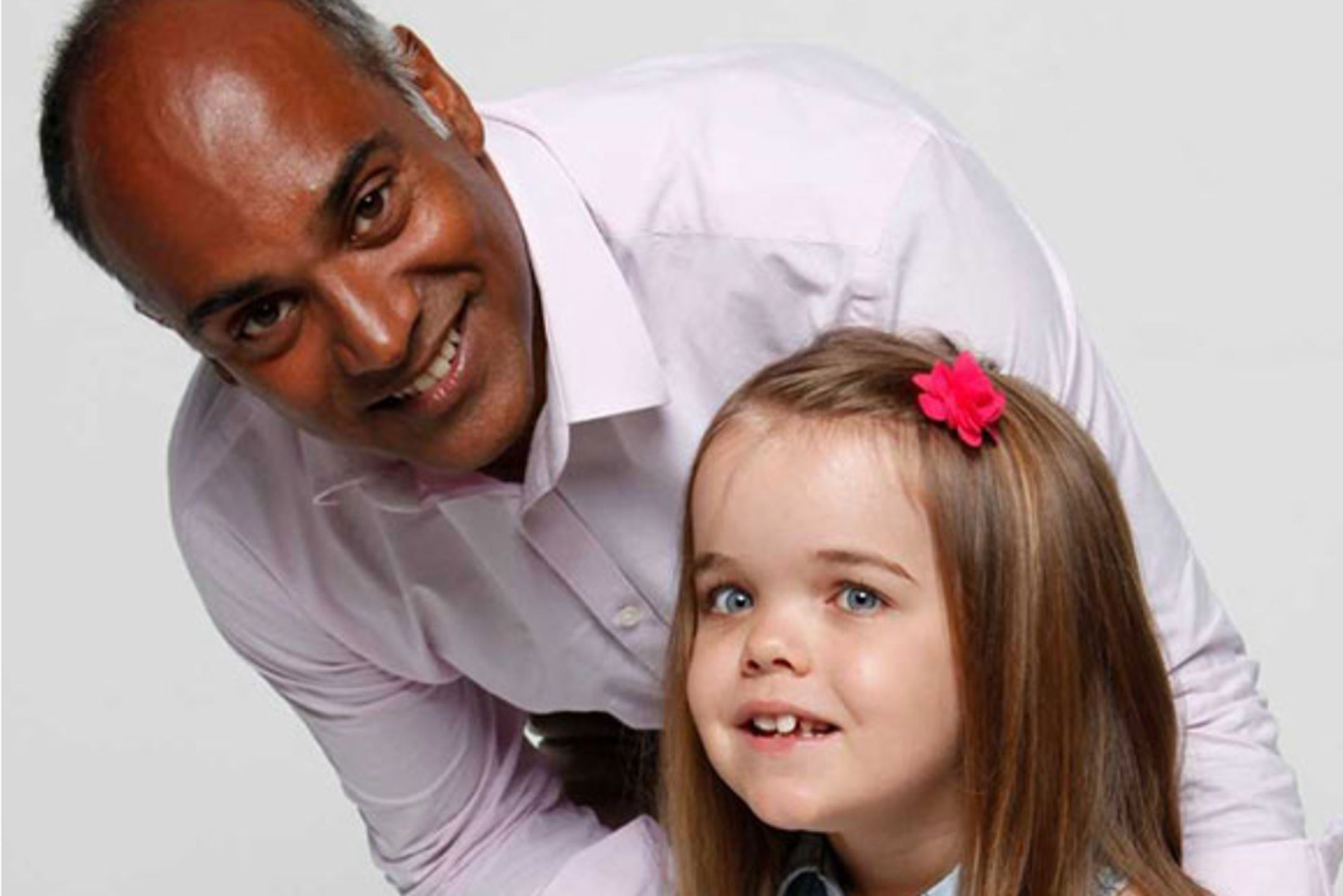
02 Nov New therapy boosts bone growth in dwarfism
In the world of modern science, Casper and his mom, Daisy, are a pretty big deal.
Fourteen-month-old Casper has Achondroplasia, the most common form of dwarfism. But thanks to a scientific breakthrough, Casper may outgrow his condition.
Achondroplasia is the most common type of dwarfism and affects about one in 25,000 babies born in Australia. The condition is caused by a fault in a gene that slows bone growth in children’s limbs, spine, and the base of their skull. Apart from short stature, painful spinal, leg, and hip problems can occur, which may require surgery.
Current treatments address symptoms, but research shows a new drug, vosoritide, containing a natural human protein, targets the cause and stimulates bone growth.
An international trial led by the Murdoch Children’s Research Institute found children treated grew an average of 1.57 centimetres per year more than those who received a placebo (no treatment), and the therapy boosted bone growth at a rate almost equivalent to that of children of the same age without the condition.
For the trial, 121 children aged five to under 18 were enrolled, which was conducted at 24 hospitals in seven countries. In Melbourne, the trial was conducted at the Melbourne Children’s Trial Centre. The 60 children who received daily injections of vosoritide grew an average of 1.57 cm per year more than the children who received a placebo, which brought them almost in line with their typically developing peers.
Previous trials confirmed vosoritide was safe to give to children aged five to 18 years with dwarfism.
How is it changing children’s lives?
The drug has an everyday impact on quality of life and social functioning and increases access to environments. Patients treated can now climb trees, jump rocks, and are more independent. We hope it will also improve health outcomes by reducing medical complications and surgery.
Although the trial did not significantly improve the children’s proportions between their upper and lower bodies, the children will be followed until they achieve their final adult height to see how long the drug’s effects last and whether they experience a growth spurt during puberty, as this doesn’t normally happen in children with achondroplasia.
Another global trial we are leading in children aged under five may improve height, body proportion, and complications, including an increased risk of sudden death. Plans are underway for Vosoritide to go on the market. It could be a daily injection until the end of puberty when growth plates in bones close to finish growing.
Watch Casper’s story about taking part in a clinical trial of vosoritide
How is it changing children’s lives?
The drug has an everyday impact on quality of life and social functioning and increases access to environments. Patients treated can now climb trees, jump rocks, and are more independent. We hope it will also improve health outcomes by reducing medical complications and surgery.
Another global trial we are leading in children aged under five may improve height, body proportion, and complications, including an increased risk of sudden death. Plans are underway for Vosoritide to go on the market. It could be a daily injection until the end of puberty when growth plates in bones close to finish growing.
Main Image and Story: Murdoch Children’s Research Institute

